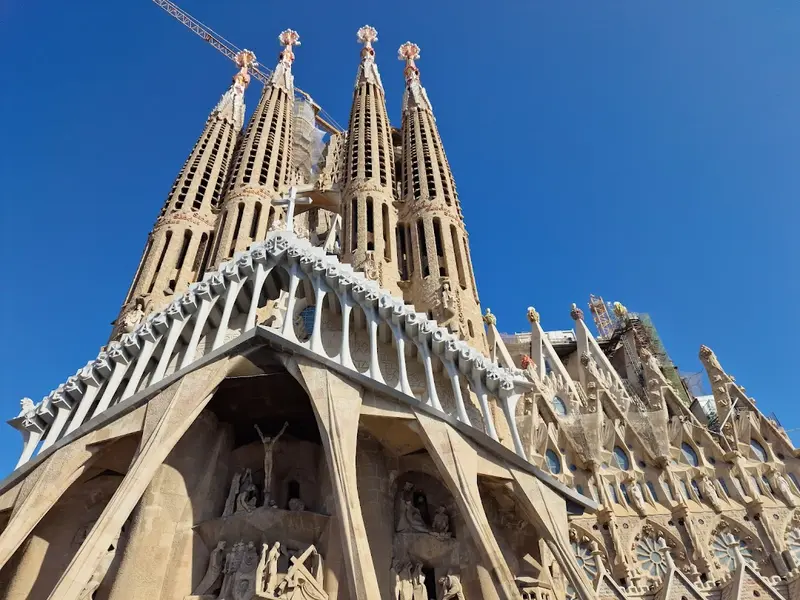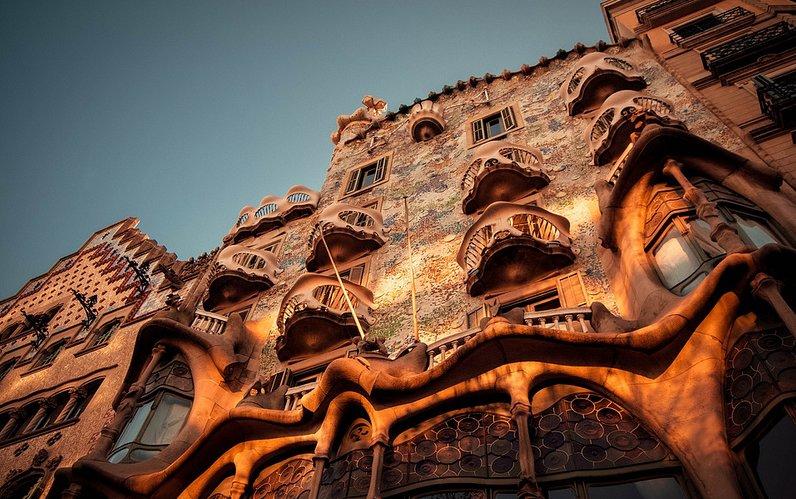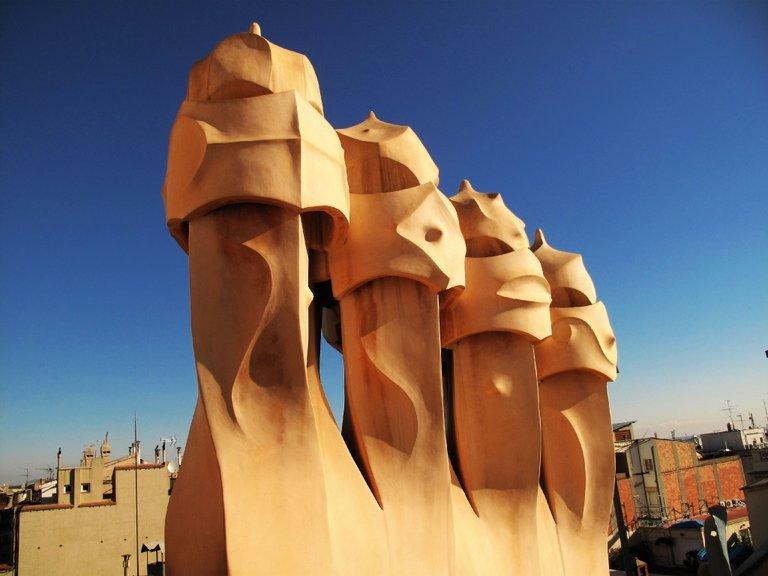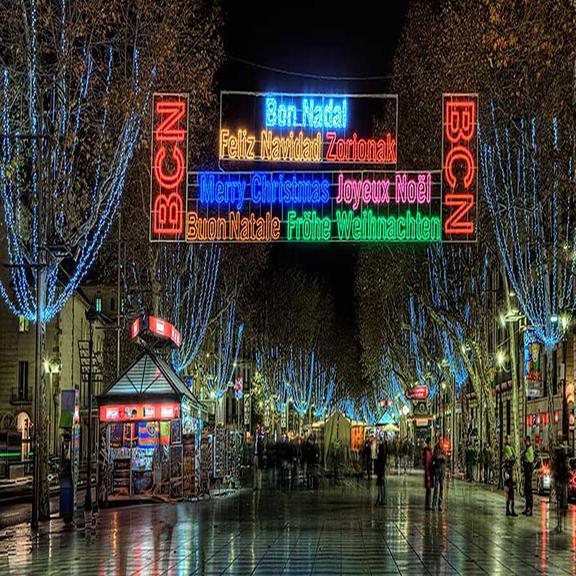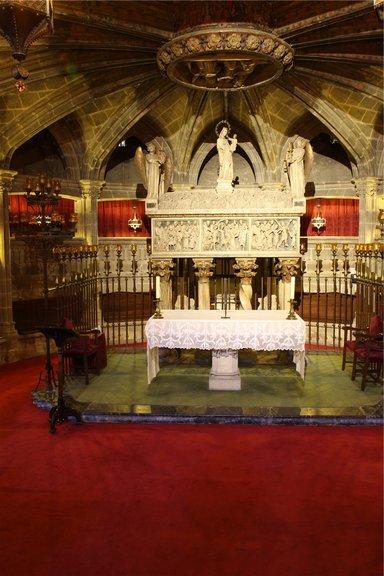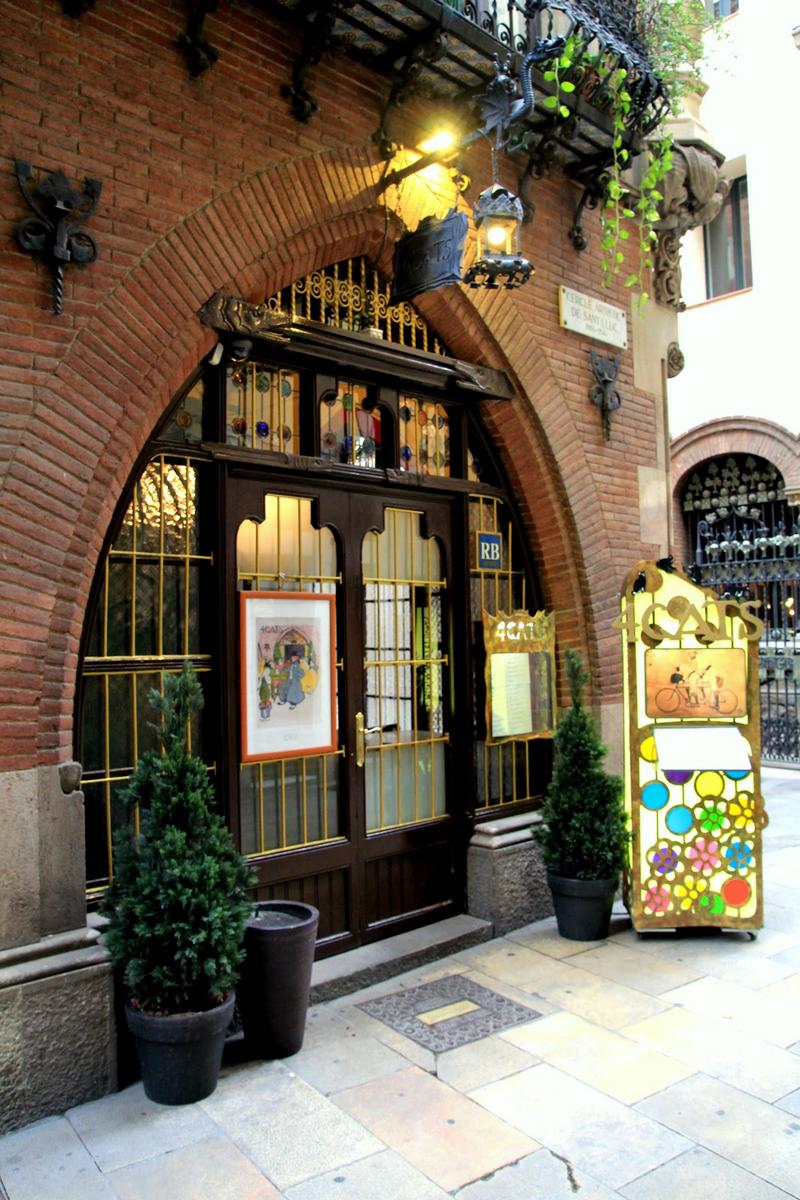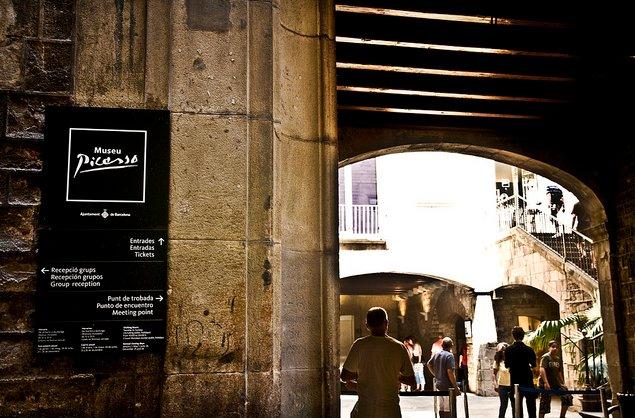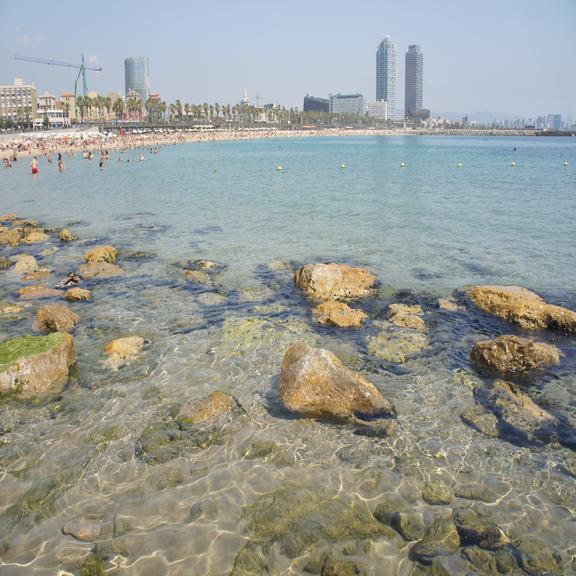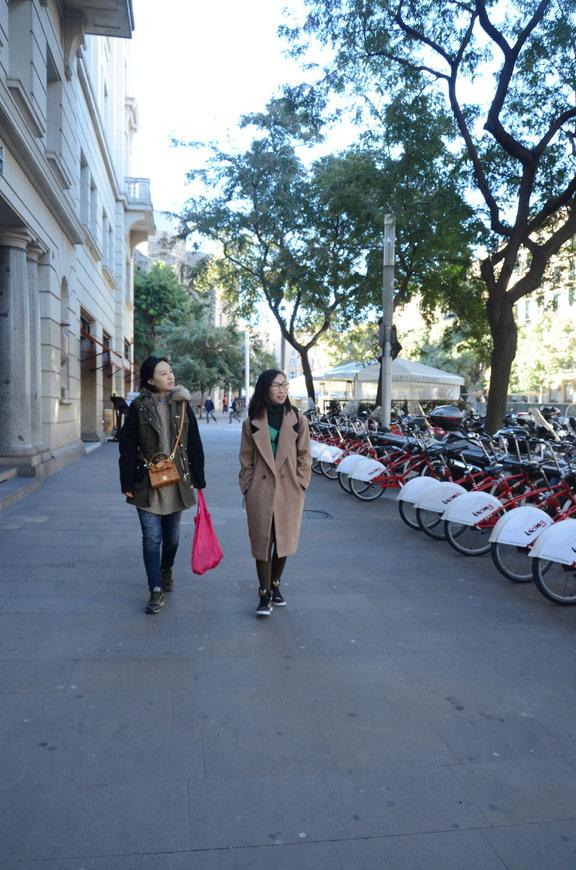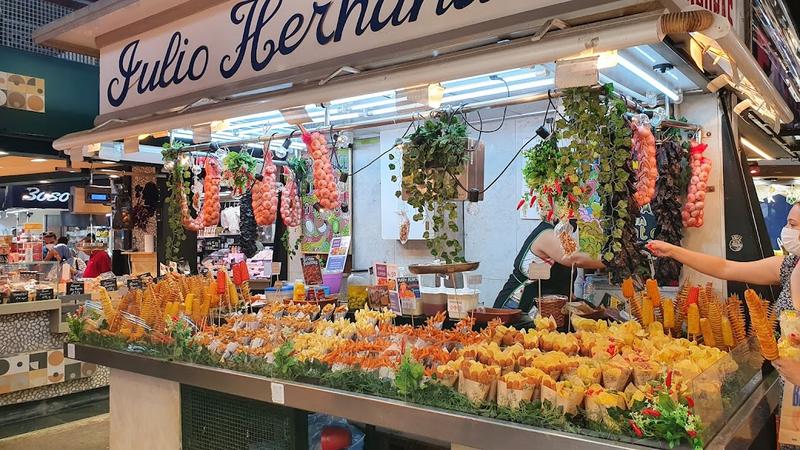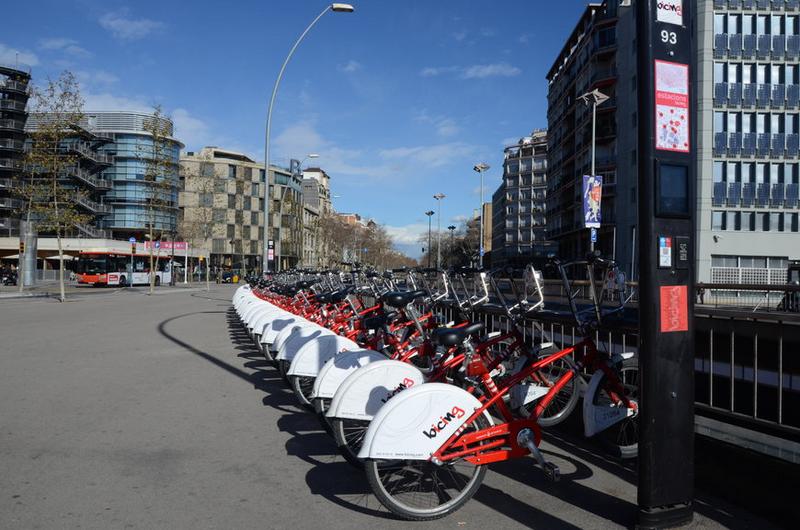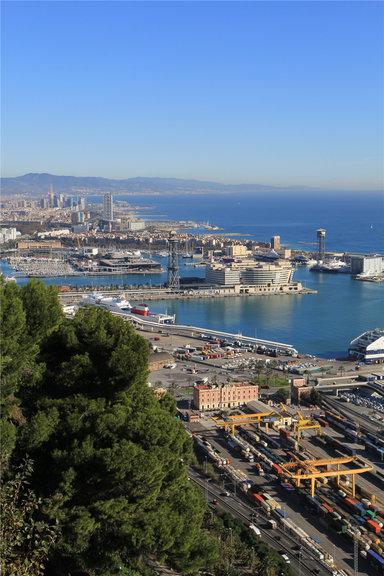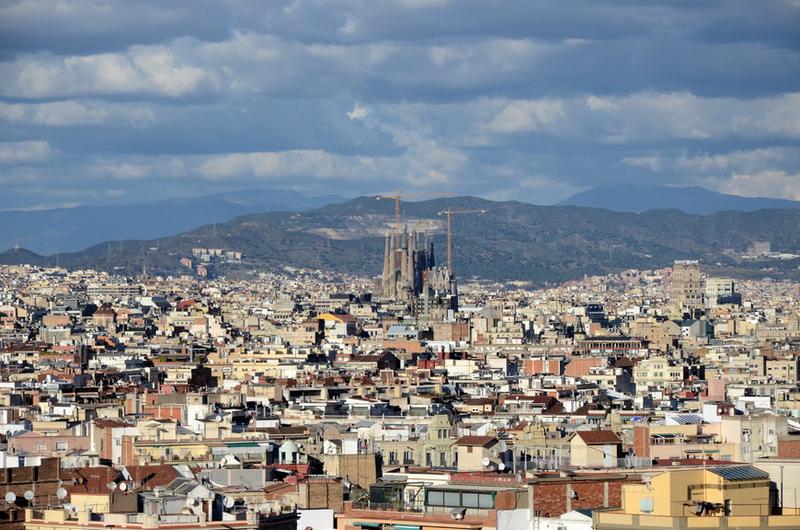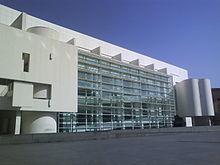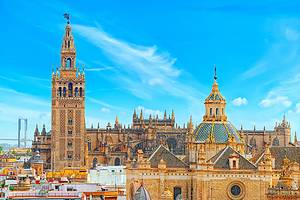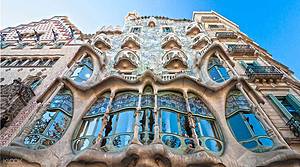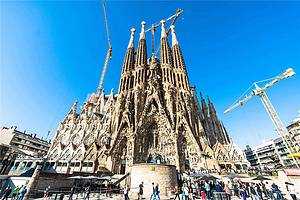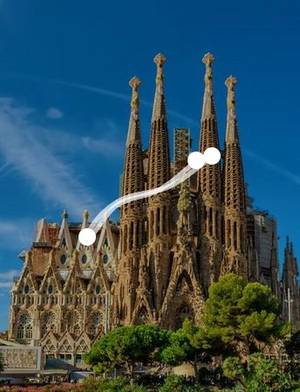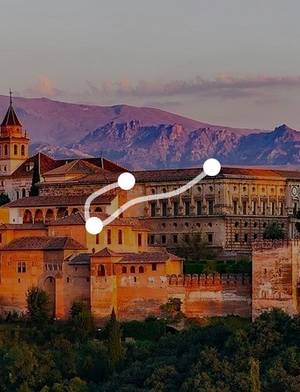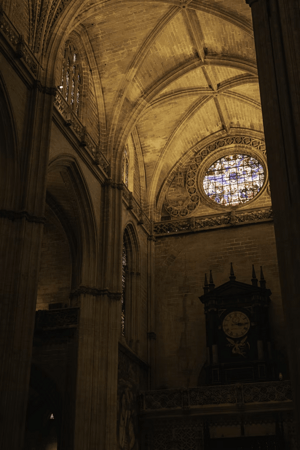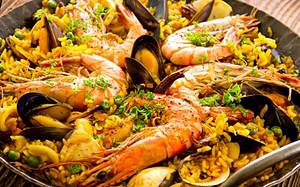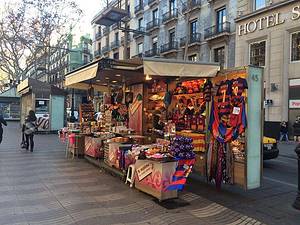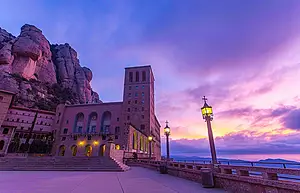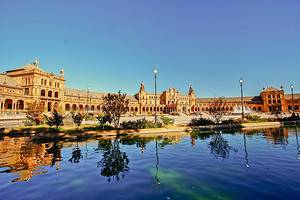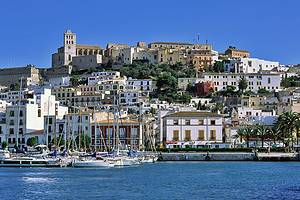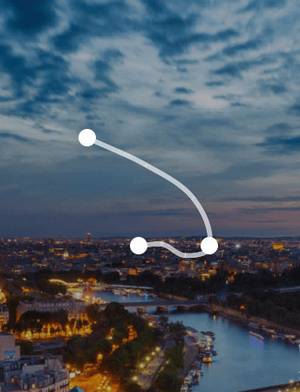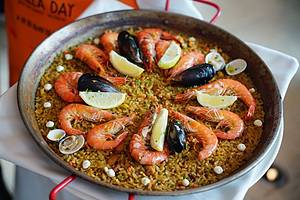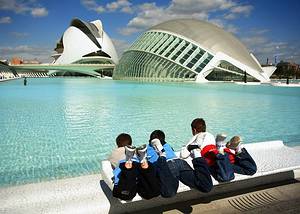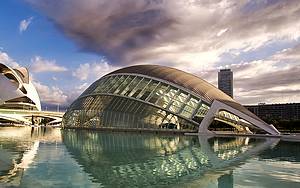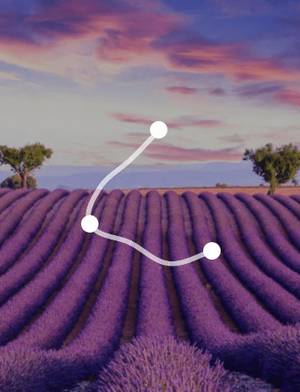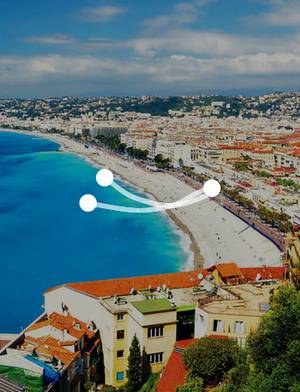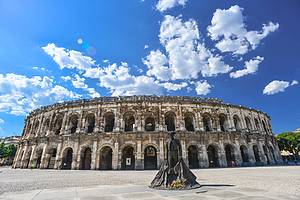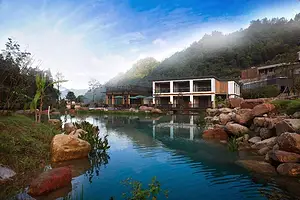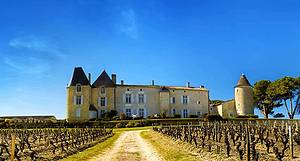3-4 Day Tour in Barcelona
1 cities |
15 attraction(s) |
total distance 24
km
 TIPS
TIPS
Day1
Day2
Day3
Day4
Day1: Barcelona
4 attraction(s) ·
4 km
1
Antoni Gaudí's renowned unfinished church, started in the 1880s, with museum and city views.
2
km
2
The interior design style of the Batllo House continues Gaudi's consistent style, without straight lines and sharp angles, and is full of smooth and soft wavy curves everywhere. Every small detail, from the door to the door handle to the seat, fits the human body's lines, making people feel infinitely emotional. To reach the second-floor hall, you need to pass through the exquisite wooden staircase designed by Gaudi for the Batllo House, with handrails decorated with metal ribbons, topped with an orange glass globe. The design of the hall is also full of details, with swirl-like patterns on the smooth ceiling, and you can see Gracia Street through the large windows.
The courtyard inside the building is inspired by the deep sea. Gaudi used 15,000 blue tiles of five different shades to create a pleasant light. The tiles with darker colors are closer to the top of the building, as if sinking slowly to the depths of the sea. Unlike other floors, the attic uses pure white tones and has a hanging arch structure, like a giant animal's chest and ribs, and also has the function of regulating the temperature of the entire building. Gaudi's design inspiration comes from the story of St. George slaying the dragon and rescuing the princess. The large floor-to-ceiling windows and outer pillars on the second floor are reminiscent of dragon teeth, the arrangement of the exterior roof is an imitation of the dragon's body and scales, and the cross tower on the roof imitates the holy sword inserted into the dragon's body. The spiral staircase leading to the roof is also inspired by nature, which Gaudi particularly loves. The surface of the chimney and ventilation duct on the top floor platform is made of broken porcelain collages, demonstrating Gaudi's unique artistic style.
1
km
3
La Pedrera is the last private residence designed by Mr. Gaudi, also known as Casa Mila. It has three wavy walls and twisted iron balcony railings, as well as large windows that are very eye-catching. In 1986, Caixa de Catalunya Bank purchased Casa Mila and spent a lot of money on a comprehensive renovation. Nowadays, the first floor serves as an exhibition space for the bank foundation. The six floors, the top floor, and the roof terrace of Casa Mila are also open to the public. The building's chimney design is unique and overlooks some of the city streets and Sagrada Familia from the balcony.
2
km
4
La Rambla is one of the liveliest streets in Spain and is also known as the "The Wanderer's Street" in the works of Yu Qiuyu. It attracts performance artists and tourists from all over the world. During the day, La Rambla is a paradise for street art and food, with the famous Boqueria Market located on the side of the street. After midnight, it becomes a playground for Barcelona's nightlife, especially in the La Raval area to the west, where there are various themed bars.
In addition, La Rambla connects Plaza de Catalunya and the Mediterranean Bay. Walking along La Rambla to the beach in the Mediterranean sunshine will give you a firsthand experience of Barcelona's colorful and joyful atmosphere! If you don't like crowded crowds, you can also choose to explore the historical Gothic Quarter to the east or La Raval area beloved by hippies (often with their own pets) on both sides of the street. But be sure to keep an eye on your wallet and valuables.
Day2: Barcelona
3 attraction(s) ·
5 km
1
Mosaic-covered buildings, steps & sculptures in verdant park with Gaudi museum & panoramic views.
4
km
2
The Cathedral of St. Eulalia, located in the Gothic Quarter of Barcelona, Spain, is a Gothic-style building and is the cathedral of the Diocese of Barcelona. The construction started in the 13th century and most of the work was completed in the 14th century, with the cloister finished in 1450. A new Gothic-style facade was built in the 19th century. During Christmas, the cathedral hosts a Christmas market, featuring a Catalan tradition of handmade crafts called Caganer, which are figurines made of clay. They appear normal from the front, but have a "special" detail hidden on their backs. Barcelona also sells famous people Caganers and serves local cuisine. In the movie "Perfume," the protagonist Grenouille discovers his first prey, a fruit girl, around the Cathedral.
1
km
3
Art nouveau-style cafe opened in 1896, hub for the Modernisme movement, now serving Catalan cuisine.
Day3: Barcelona
4 attraction(s) ·
4 km
1
This art museum, consisting of five beautiful private houses, is located in the El Gotico old town and was once a residence of Picasso. As he became famous in France, most of his best and most mature works were scattered abroad. It was not until he became famous that Spain began to collect his early works and paintings. This museum has over 3,500 works by Picasso, including his manuscripts and some original works. In 1970, Picasso himself donated his early works and even kept his childhood drawings.
2
km
2
Barceloneta beach is a beloved sandy beach in Barcelona, and it attracts many visitors in the summer. There are also some interesting sculptures on the beach.
2
km
3
The Gothic Quarter is a neighborhood located in the old town of Barcelona, with many buildings dating back to the Middle Ages, and even some historical remains from ancient Rome. Ancient churches and royal palaces that are still in use and well-preserved are treasures of the old town. Among them, the Santa Maria Church and several newly restored palaces and mansions on Montcada Street are worth a visit. In addition, the remains of the Roman city walls are also preserved in the old town. The area is not large, so visitors can choose to walk and easily explore the entire neighborhood.
1
km
4
Famous indoor public market with meat, produce, cheese & an array of other food in a bustling space.
Day4: Barcelona
4 attraction(s) ·
6 km
1
The Plaza de España is one of the most important squares in Barcelona, built during the 1929 World's Fair. It is the intersection of several major streets and a bustling commercial center. The square is flanked by two Venetian towers, behind which is the Fira de Barcelona exhibition center, and further up is the magnificent building of the National Palace. From May to October every year, the music fountain show on the square at night attracts many tourists and locals to come and watch.
3
km
2
Montjuïc Mountain is located southwest of the center of Barcelona, adjacent to Plaça Espanya. The mountain is gently sloping, but the east side near the sea is almost a cliff. The summit is 173 meters high. In addition to the Roman Empire ruins, the Montjuïc Castle on the top of the mountain is a great place to view the harbor and the city, and to enjoy the sunset.
2
km
3
MNAC is a museum located on Montjuïc mountain in Barcelona, Spain, abbreviated as MNAC. Founded in 1990, the museum houses some of the world's finest religious murals and Romanesque art, as well as the history and urban planning of the Catalonia region. From 1995 to 2000, the museum opened exhibitions of Romanesque, Gothic, Renaissance, Baroque, 19th and 20th century art. In 2004, the entire museum was fully opened, displaying numerous precious artifacts to visitors. The Old Catalonia Art Museum was opened on the same site in 1934, but was closed during the Spanish Civil War.
3
km
4
MACBA is the abbreviation for the Museum of Contemporary Art in Barcelona. The museum is located in a white modern building designed by renowned American architect Richard Meier. This art-filled museum is one of the iconic buildings in the area and regularly holds various art exhibitions, offering visitors a rich and diverse artistic experience.
